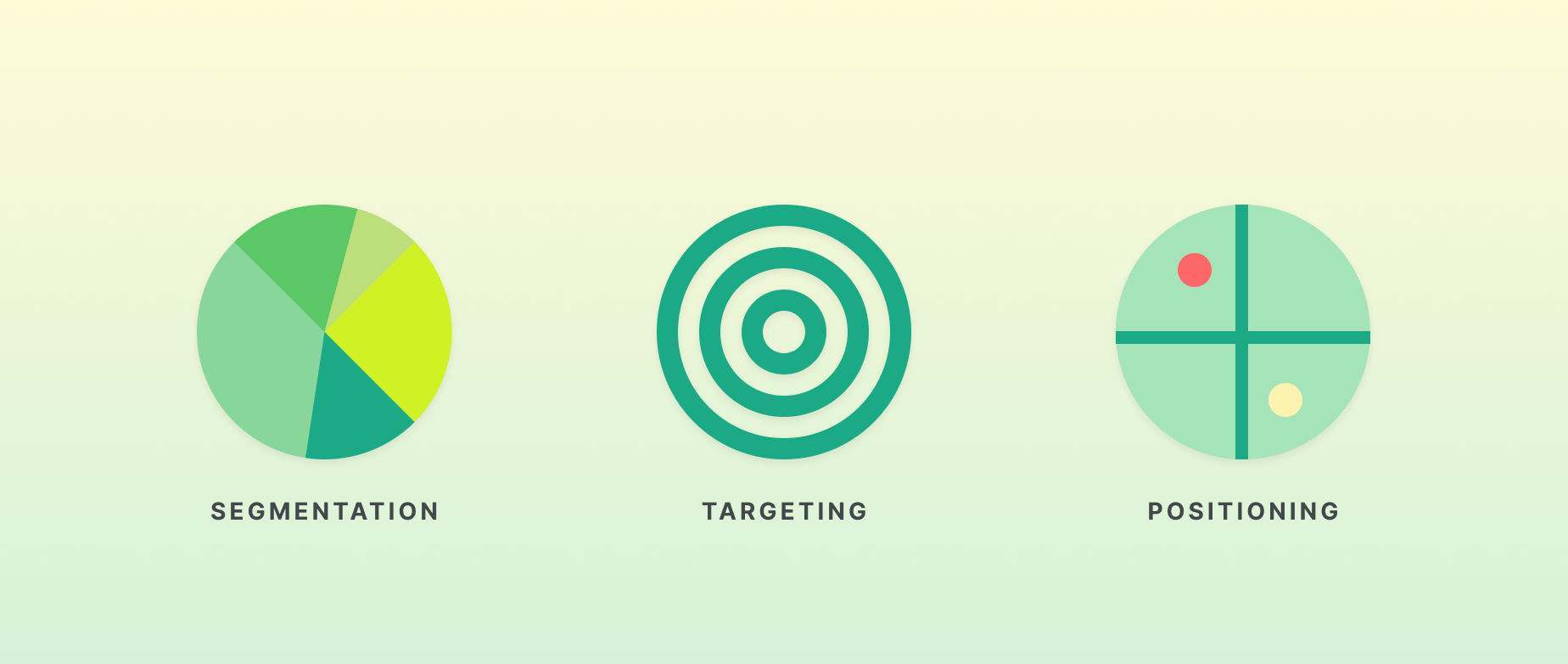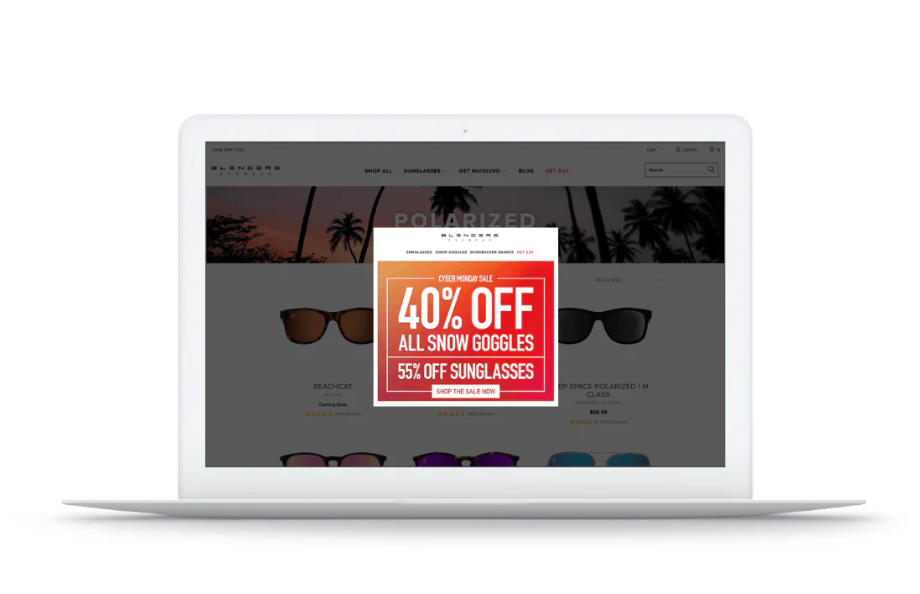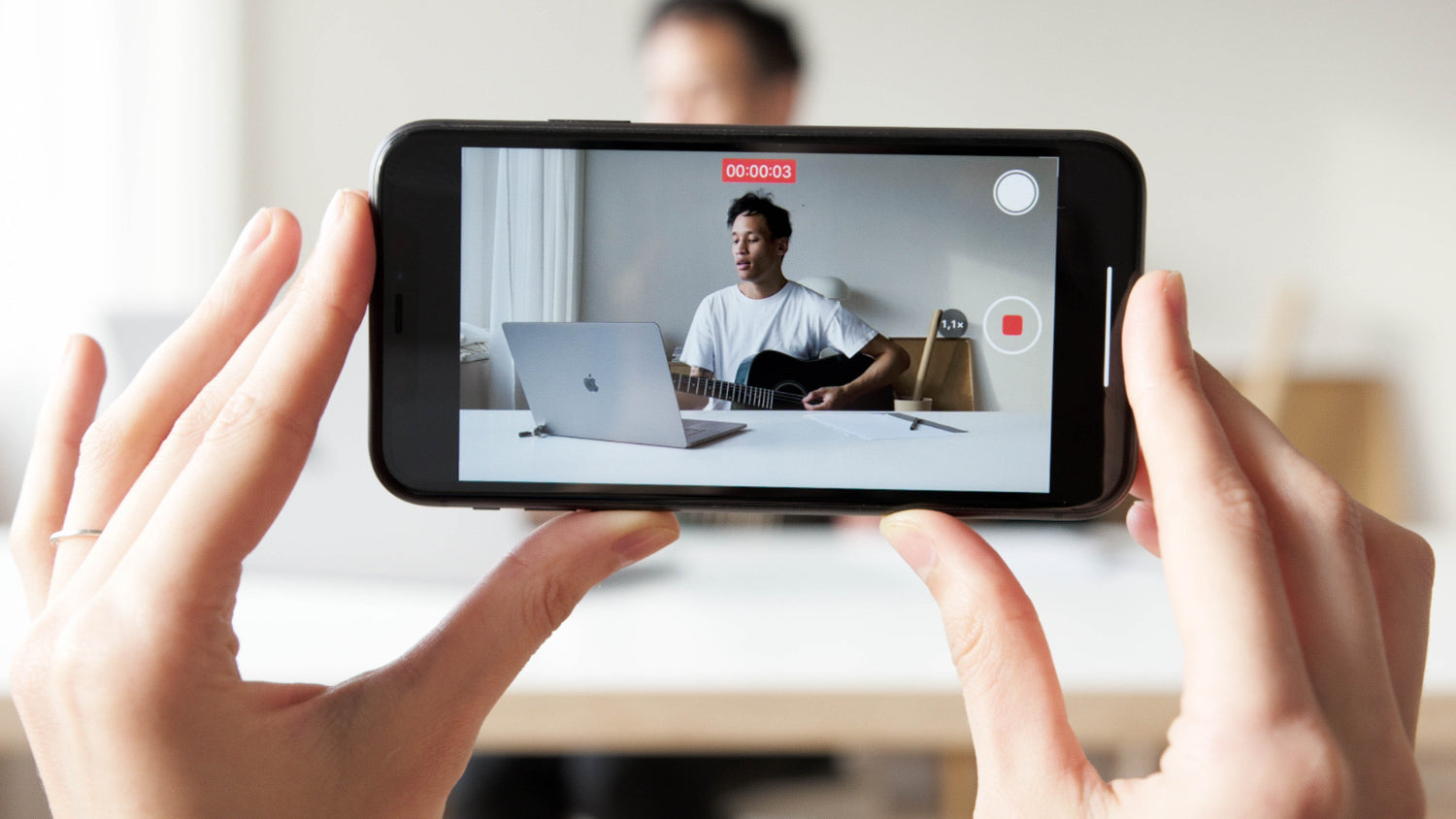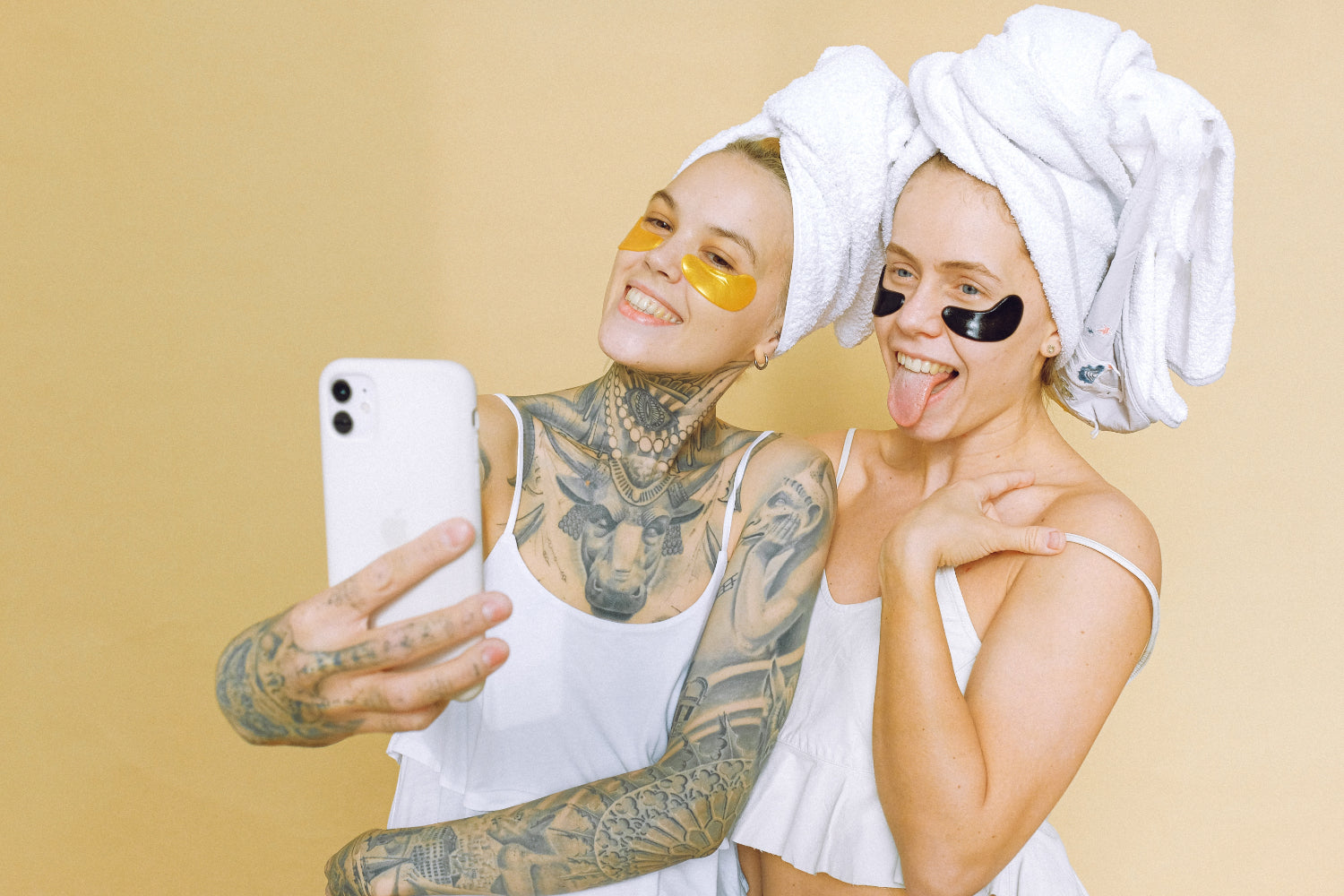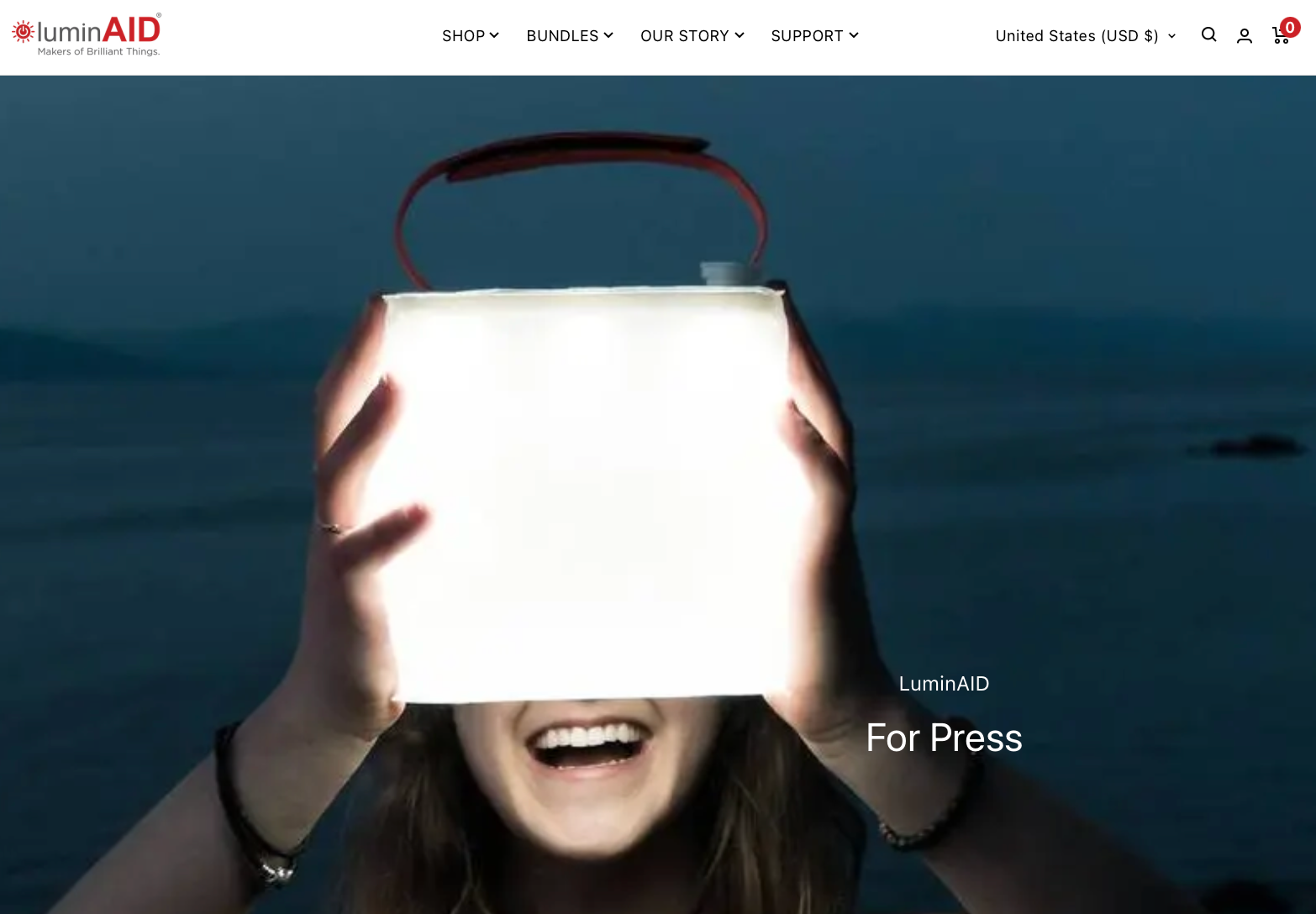Our view at Stack - Shopify has just about everything you need if you're looking to sell online. It excels with unlimited products, user-friendly setup, and 24/7 support. It offers 6,000+ app integrations, abandoned cart recovery, and shipping discounts up to 88%. Plus, it allows selling both online and in-person, scaling as your business grows.

You enter your favorite brick-and-mortar shoe boutique in search of new boots. Near the back of the store, two pairs of brown leather boots immediately catch your eye. The first pair costs $115, the other costs $1,500.
At first glance, they seem nearly identical, but as you look closer, you spot the differences. The less expensive pair is made of synthetic leather with glued-on soles. The pricier pair is made of hand-stitched Italian leather, features custom-made buckles, and is made locally with impeccable attention to detail—designed to last a lifetime. Does this justify its hefty price tag?
Learn more about premium pricing—what it is, which companies can use it, and how to implement this pricing strategy for your brand.
What is premium pricing?
Premium pricing—also called prestige pricing or luxury pricing—is when companies set a higher price for their products than competitors. This pricing strategy can increase profit margins and position them as premium brands.
Although some brands with premium pricing invest in higher-quality materials, this isn’t always the case. Often, brands can command premium prices due to name recognition and perceived prestige.
For example, an outerwear brand could charge $1,700 for a double-breasted wool coat—many times over the average price point—because they’re using merino wool, mother-of-pearl buttons, and immaculate hand-stitching. On the other hand, a brand selling a standard cotton t-shirt could justify a higher price through celebrity endorsements and high-profile collaborations to enhance its brand image.
📚Learn more: How To Brand Your Business To Gain a Competitive Edge
When to use premium pricing
Attaching premium pricing to your products might be tempting—it can boost revenue, improve your brand image, and attract high-end shoppers. But a premium price alone doesn’t make a premium product. You have to justify higher prices with real value. Otherwise, you risk alienating customers, inviting competition from better alternatives, and damaging your brand’s credibility.
Here are some situations where premium pricing strategies make sense:
When you’re first to the market
Brands that develop new products can often charge premium prices because of a lack of direct competition. The novelty factor can also attract early adopters.
For example, Pela creates phone cases and accessories from biodegradable materials. As a pioneer in eco-friendly phone accessories, the company combines protecting phones with environmental responsibility. Its cases cost $65, reflecting the unique materials, its commitment to eco-friendly production, and its product differentiation (most alternatives are plastic or rubber).
When you offer unique products
Customers are frequently willing to pay more for items they perceive as one-of-a-kind. That might mean one-of-one vintage items, objects with a unique selling point, or differentiated products that lack alternatives. In this case, scarcity justifies a higher price point.
Adored Vintage offers a carefully curated collection of women’s clothing and accessories inspired by vintage aesthetics. It can charge premium pricing because each item is unique and hand-selected. Customers aren’t just paying higher prices for the product, they’re also buying the curation and exclusivity of each vintage hair comb and long floral dress.
📚Resource: Find New Product Ideas in These 16 Places
When you sell luxury items
Luxury brands are obvious candidates for prestige pricing. Products from these companies—from diamond timepieces to ostrich leather handbags—often use expensive materials, resulting in superior quality. The high price tags reflect the product’s value, brand equity, and perception as a status symbol.
STARK, a family-owned carpet company, has been crafting high-end carpets and rugs since 1938. Its large rugs often retail at more than $7,500. It justifies its luxury pricing by using premium materials like hand-knotted wool and skilled artisans to make the rugs. Stark’s reputation for excellence and its presence in prestigious locations—from royal homes to national landmarks—supports its premium pricing strategy.
When you produce a limited amount
Companies can increase demand by restricting supply. Limited production creates scarcity, which can allow for premium pricing. This strategy works well for collectibles, special editions, or exclusive product drops but requires careful balance to avoid frustrating customers or diluting brand value.
Gymshark, a fitness apparel brand, has made a name for itself with trendy and performance-focused clothing. It uses a “drop” strategy, releasing limited-edition collections. This exclusivity and limited-run strategy means it can charge premium prices for basic items like t-shirts, hoodies, and shorts. Similarly, the brand frequently collaborates with content creators for limited-edition collections—for instance, its partnership with fitness influencer Whitney Simmons.
When you introduce proprietary features
Products with unique or patented features can come with a higher price tag. These proprietary elements can solve problems in ways other products can’t, providing a competitive advantage. Brands invest heavily in research and development (R&D) to create these features and premium pricing helps recover these costs while the patent protection or trademark lasts.
The $250 Kulala sleep lamp costs more than other night lights on the market. That’s because the lamp uses its trademarked DreamRed light, which the company claims is “scientifically proven not to suppress melatonin.” It’s also handcrafted from natural maple wood and has silent-touch control features.
When you provide customization options
Customers often value the ability to personalize items according to their preferences. Offering customization lets brands charge more for their products. This might mean a leather tote with a customer’s initials or a ring inscribed with a secret message or inside joke.
Yeti produces high-end coolers, drinkware, and outdoor gear. For buyers who want a more personal touch, the brand offers customizable tumblers, bottles, travel mugs, water bottles, and pet bowls. You can add your name, horoscope symbols, or custom design. This customization—plus Yeti’s reputation for quality and durability—means the brand can charge customers a premium price. For instance, with customization, a 10-ounce tumbler costs $26.
Pros and cons of premium pricing
Premium pricing can boost your brand image and pad your profits, but it also has potential downsides. Before you hike your prices, weigh these pros and cons:
Pros of premium pricing
- Higher profit margins. Premium pricing creates a larger gap between production costs and the selling price, potentially increasing your profits per item.
Cons of premium pricing
- Smaller customer pool. You might miss out on budget-conscious customers who can’t or won’t pay top dollar.
- High expectations. Customers paying premium prices expect premium quality and customer service; failing to meet those expectations can irreparably damage those customer relationships.
- Lower-cost competition. If competitors offer products of similar quality at lower prices, your customers might bid your premium-priced offering farewell.
Tips for implementing premium pricing
Premium pricing only works if you can justify the cost to the price-flexible shoppers your brand covets. Here’s how to demonstrate your worth:
Conduct competitive pricing research
Premium pricing doesn’t mean arbitrarily setting high prices. It’s more nuanced than pricing your silk blend duvet covers at $1,000. Instead, analyze your market and competitors. Compare your pricing strategy with other luxury brands in your space to ensure you’re positioning yourself correctly. There are limits to luxury—doing the legwork helps you understand what’s reasonable and what’s outlandish.
Estimate your potential market size and project revenue across various pricing scenarios. Weigh the trade-offs between a lower price point with a larger customer base and a higher price point with fewer affluent customers. Would it be more profitable to sell 10,000 handbags at $500 each, or 3,000 handbags at $2,000 each?
📚Learn more: Price Optimization Explained: How To Optimize Pricing
Convey how your product is different
To justify premium pricing, your product needs to stand out. Reinforce that your product is worth it by communicating its key product attributes. It’s not enough to offer features your competitors already provide.
Highlight your unique selling proposition on your website and advertise your differentiators across all customer touch points, like Instagram, television ads, or billboards.
Consider partnering with luxury influencers who can authentically showcase your product’s value to their followers. For example, Fairfax & Favor, a British luxury fashion brand that creates stylish footwear and accessories, partnered with luxury lifestyle YouTuber Lydia Elise Millen to showcase its premium suede boots to a wider audience.
Build a buying experience that matches your price point
Customers willing to pay premium prices expect more than just a high-quality product; they want an exceptional experience from the beginning to the end of their purchasing journey. Every interaction—from the first ad they encounter to the moment they unbox their purchase—should remind them of your brand’s premium nature.
To deliver on this, consider every touchpoint along the customer journey:
- Craft a clean and simple website. Avoid cluttering your site with pop-ups or constant offers. Keep it elegant.
- Use premium packaging. Use heavy cardstock, high-quality boxes, and tissue paper. Protect any hardware on bags or accessories to prevent damage.
- Provide elevated customer service. For expensive purchases, buyers want human interaction. Skip the AI chatbots and offer phone support or concierge services.
Continuously innovate your product and go-to-market
In the absence of innovation, competitors can quickly catch up and undercut you. To maintain your premium position, stay relevant with both your product offerings and marketing approach. Find fresh ways to reach and engage your target market, like limited-edition collections with renowned artists, exclusive product previews for top clients, or invite-only events.
What is premium pricing FAQ
What is the meaning of premium pricing?
Premium pricing means setting your prices higher than the competition, banking on the idea that customers will pay more for perceived quality or exclusivity.
When do you use premium pricing?
You might use premium pricing when you’ve got something special to offer—be it top-notch quality, unique features, or a brand name that carries weight.
What is an example of premium pricing?
If Shopify is of interest and you'd like more information, please do make contact or take a look in more detail here.
Credit: Original article published here.

